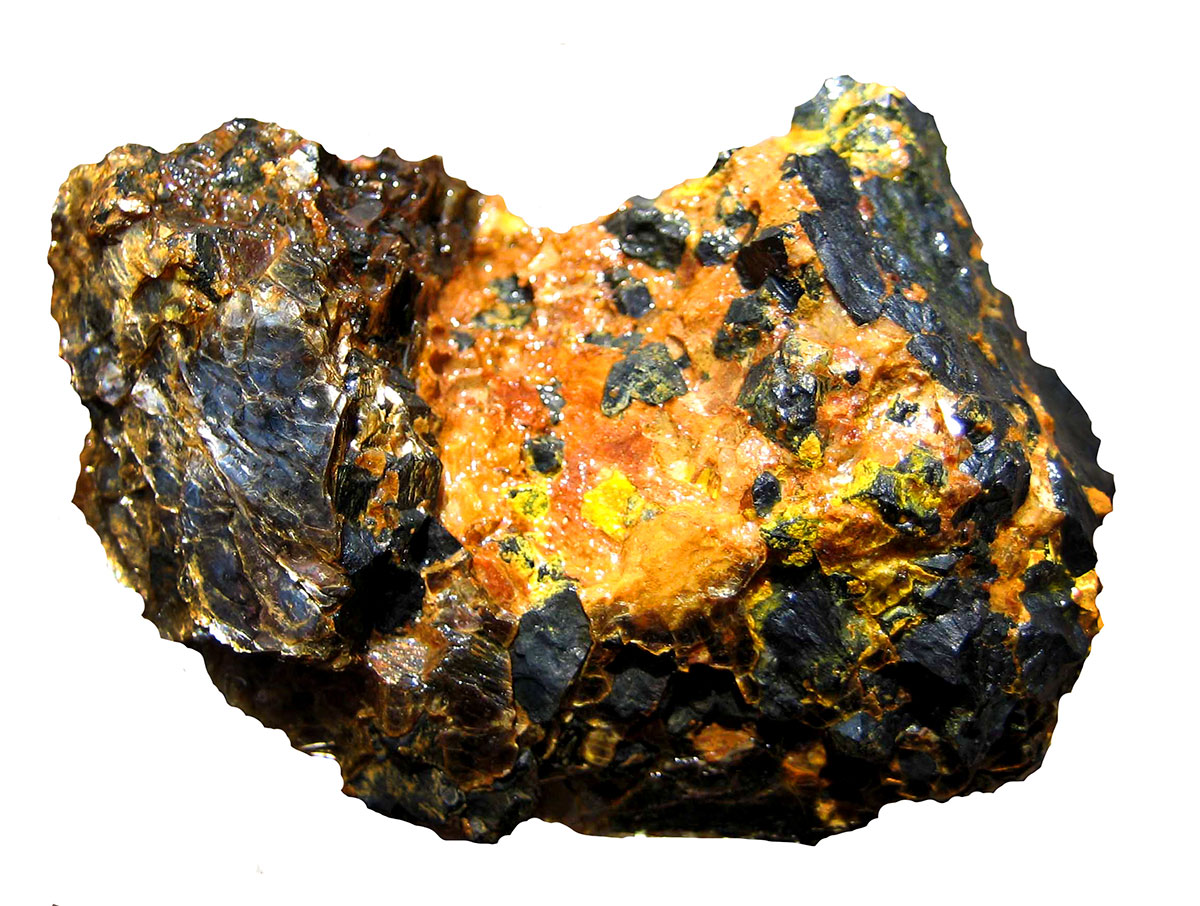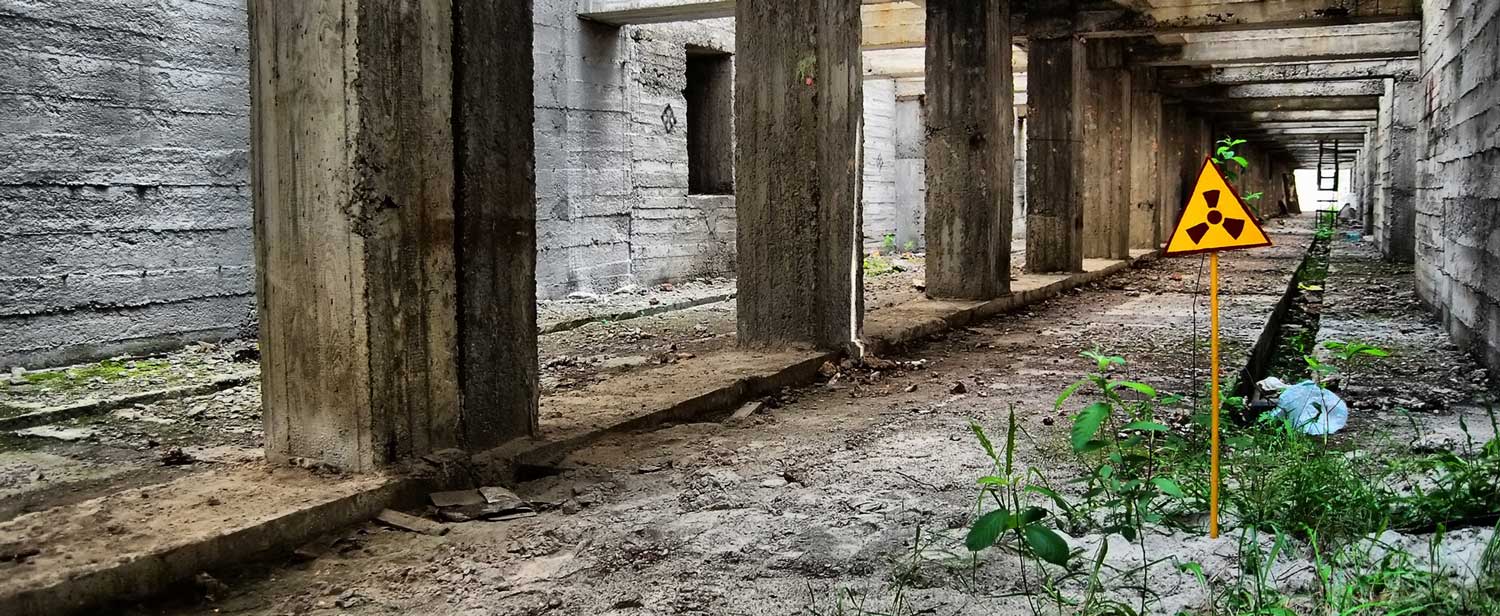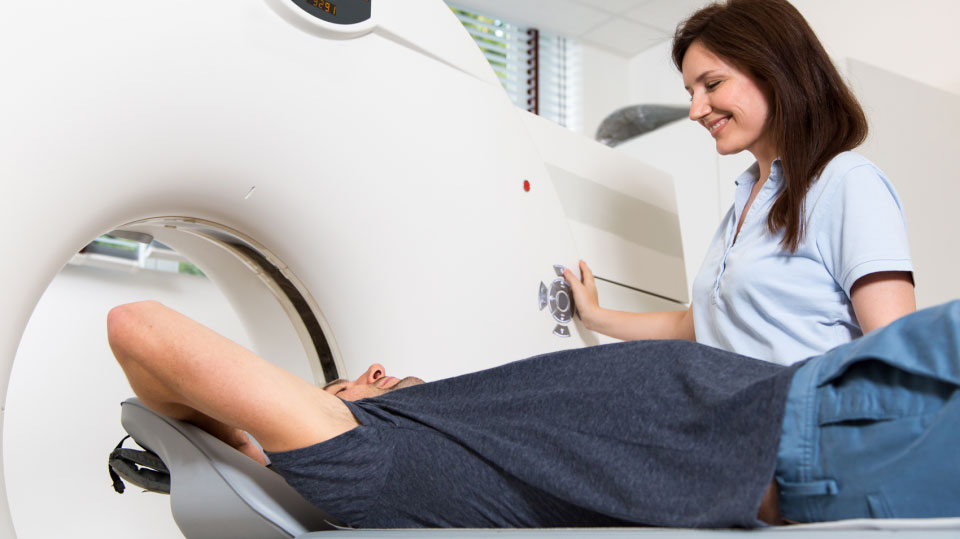
System Selection Guide
Mirion offers guidance with selections to meet your needs, based on application, software and hardware.
Mirion offers guidance with selections to meet your needs, based on application, software and hardware.
May 12th, 2015 | By Mirion Technologies
A common misconception is the idea that exposure to radiation in turn makes someone radioactive. This is, usually, not the case. It’s important, then, to understand the differences between radiation, and radioactivity.
An atom is said to be “radioactive” if it is unstable due the excess of either energy or mass, and is therefore likely to decay at some point and give off radiation. A substance or material is said to be “radioactive” if it is made up of or contains a large quantity of a radioactive material. These radioactive materials, such as bananas, the uranium glaze in vintage fiestaware, or NORM generated in the process of natural gas exploration, give off radiation over time as the radioactive atoms in them decay.

Over time, as the number of unstable atoms decreases, the material becomes less radioactive. This time is measured by the “half life” of different radioactive elements. This is the amount of time it takes for half of the atoms in a given sample to decay and give off radiation. For example, carbon-14 has a half-life of 5730 years, so after that amount of time, a quantity of 100 atoms of C-14 would have turned into 50 C-14 atoms and 50 Nitrogen-14 atoms. Indium-111, a radioactive isotope used in medicine as a tracer, has a half-life of 2.8 days; whereas another isotope of iridium at the other end of the scale, Indium-115 has a half-life of 441 trillion years. It’s commonly held that a sample of radioactive material will be completely decayed after 7 half lives, though after that time there would still be about 0.78% left, which with a large enough starting sample would still be significant. For smaller samples like those typically used in medicine, though, it’s a good rule of thumb.
Put simply, radioactive contamination is just radioactive material somewhere it shouldn’t be. This could be anything from nuclear fallout from a dirty bomb (the whole purpose of which would be to disperse radioactive contaminant), to a lab worker splashing some of a radioactive solution on his pants and taking them home. The most common source of contamination is from mistakes or accidents in the production of radionuclides, like those used in the medical field.

Contamination on or in a surface can be either “fixed” or “removable.” An example of fixed contamination, or contamination that isn’t able to be removed, would be in metal recycling: If a batch of recycled metal included something with radioactive material in it, the final product would have that radioactive material mixed in and permanently part of it. Removable contamination is, of course, removable, such as a loose powder or something that can be cleaned and safely disposed of. Disposal of radioactive waste can consist of reprocessing it for commercial use, though in some cases where this isn’t possible the best solution is burying it in concrete, rock, as this helps prevent the spread of the contamination any further.
Exposure to radiation does not immediately make a person radioactive. The only type of radiation that is capable of directly causing other material to become radioactive is neutron radiation, which is generally only found inside nuclear reactors or in a nuclear detonation. Anyone in those conditions is, put plainly, going to have bigger problems.

However, the ingestion of radioactive material does have the potential of making a person radioactive, at least on a temporary basis. This is the principle behind the medical use of many radioactive materials, as it aids in imaging, diagnosis, and other areas. Between the short half-lives of the elements involved and the body’s natural means of disposing of many radioactive elements, a person’s individual radioactivity is usually short-lived. However, certain types of contamination, depending on the isotopes involved and the availability of treatment, can become more permanently deposited in a person’s organs or bones.
Looking for Services or Support?
We're here to help.